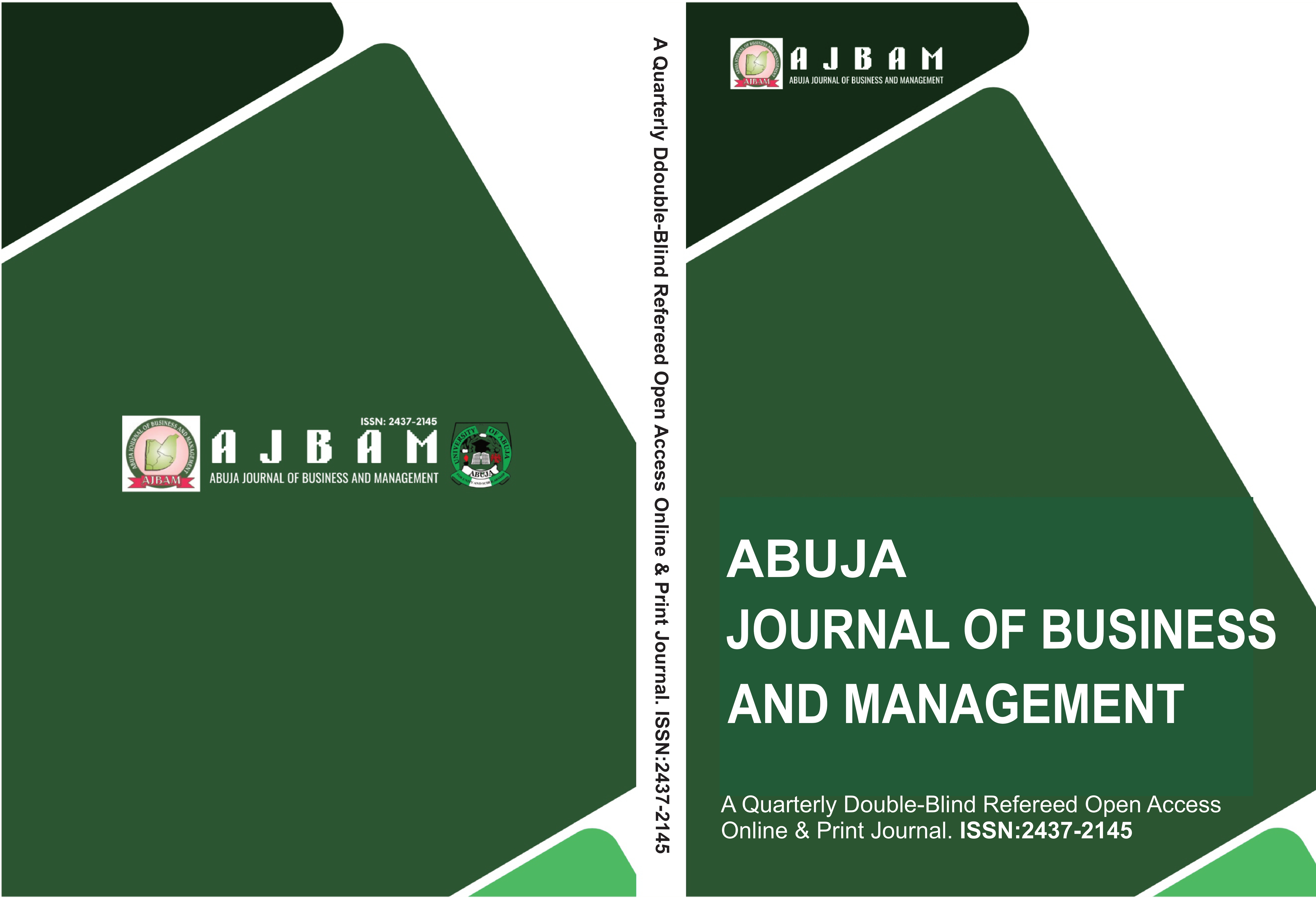EFFECT OF GLOBALISATION ON HUMAN RESOURCE MANAGEMENT IN NATIONAL CEREALS RESEARCH INSTITUTE (NCRI), BADDEGI
DOI:
https://doi.org/10.7118/nv7wp743Keywords:
Globalisation, Human Resource, E-Electronic Human Resource, Strategic Human ResourceAbstract
This study investigated "The Impact of Globalisation on Human Resource Management at National Grain Research Institute (NCRI), Badeggi". Descriptive survey research design was used in this study. The population of this study consisted of the entire staff of National Grain Research Institute, Badeggi and its head office which included 665 employees from all departments of the institute. Yamane Taro's (1967) method was used to calculate the sample size which came to 250. Stratified, purposive and simple random sampling technique was used in this study. Primary data from questionnaire administration was used to sample staff at the National Grains Research Institute (NCRI), Badeggi. Simple percentage and frequency tables were used to display the collected data while regression methods were applied using IBM SPSS version 22 statistical tools to enable the researcher to evaluate the variables of the research questions. The results of the study showed that globalization has had a significant impact on electronic and strategic human resource management at NCRI Badeggi. Thus, the study concluded that globalization has a significant impact on human resource management (HRM) in the Nigerian public sector. Thus, the study recommended that the National Grains Research Institute, Badeggi, needs to invest in human resource information systems to effectively manage its human resources. This includes software that can automate HR processes such as recruiting, on boarding, performance management, and payroll.
Downloads
Published
Issue
Section
License
Copyright (c) 2024 Nana Usman Bature, Muhammad Babanchiko Nasiru, Moses Omuya Salawu (Author)

This work is licensed under a Creative Commons Attribution 4.0 International License.
Authors retain copyright and grant the journal right of first publication with the work simultaneously. This work is licensed under Creative Commons Attribution 4.0 International



